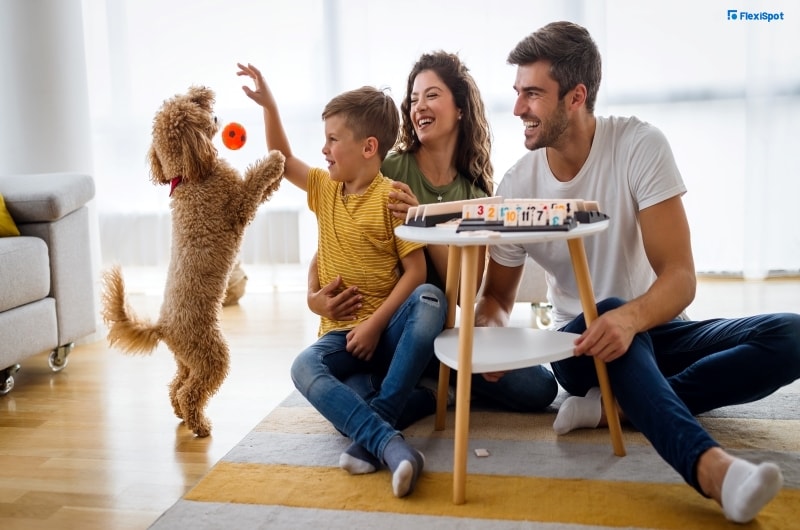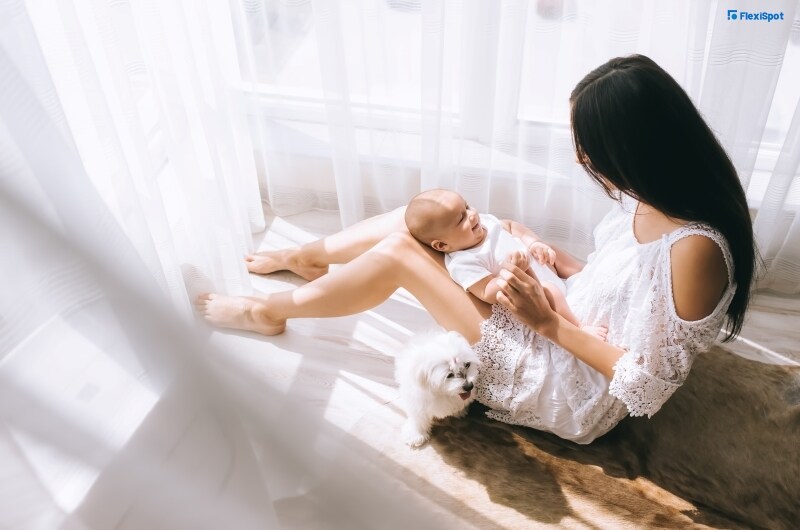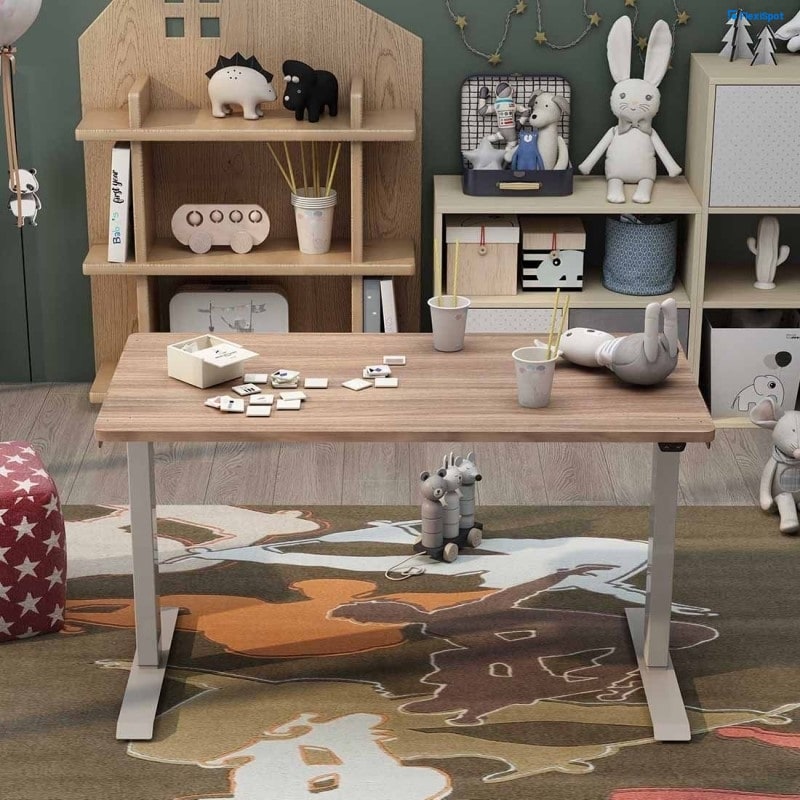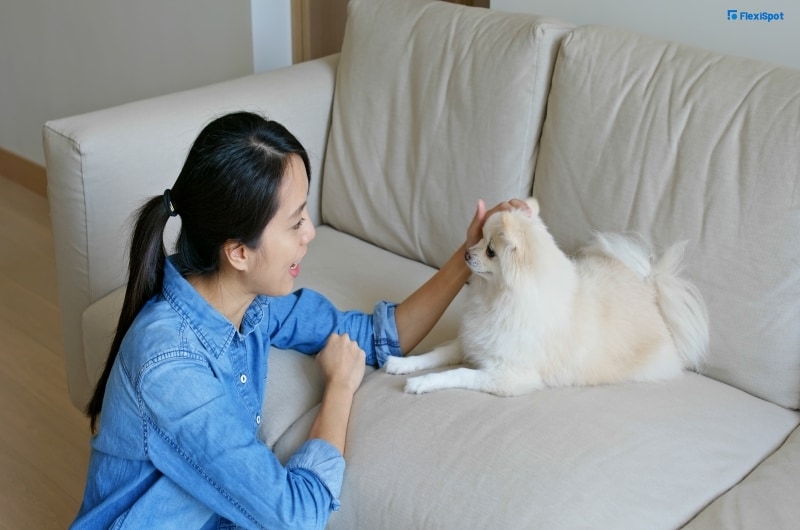It’s an exciting phase when you’re about to welcome a baby into the household. Yes, you may have been parents to a dog for a while but a new human is entirely different and would change your dynamics as a couple. There are lots of adjustments that have to be done in terms of schedule, finances, roles, etc. At this point, you may already be preparing a nursery room for the baby who’s about to arrive. Maybe you've already shopped for clothes, toys, and books. You’ve arranged dinners for those who want to see the baby. The list goes but since you’re dog parents too, have you thought about what it will be like to have a pet and a baby around?
The Royal Society for the Prevention of Cruelty to Animals (RSPCA) says that dogs and babies have varying communication patterns. Babies can’t talk just yet so they communicate by making sounds and moving around—they cry, scream, crawl, run and play with their arms. When they see a pet, they don’t see it as a threat at all but as an invitation to play. They extend their arms, move around, hug and kiss the pet without being able to read if the pet wants to be touched at that exact moment. When unsupervised, this physical closeness can become dangerous because your pet might attack at any time, especially if they see the baby as a threat intruding on their peace.

This doesn’t mean the two can’t live in harmony together. You don’t have to give up your pet just to create a safe space for your baby. Yes, there are new safety measures to be put into place. The situation calls for it, and the benefits far outweigh the risks. There are many advantages a kid might get from owning a pet. According to the American Academy of Child and Adolescent Psychiatry, having a pet the kid grew up with can mean always having someone to be beside you where you could share your secrets without judgment. Kids would also be able to learn about being responsible such as needing to feed their dog or cat at the right time. They would learn how to respect other living things, and they would bear witness to major life events such as birth and death. They will be able to add activity to their lives by playing with the pet most of the time. Comfort is within reach when they’re feeling down and alone. Your baby will be experiencing love, loyalty, and affection which comes from having grown up with a pet to take care of.
How does one build a safe space for the baby and the pet to become the best buds? We listed down six tips so that you could avoid accidents or, we hope not, permanently send the pet away.

1. Do not leave your baby and pet alone or unattended.
As mentioned, a pet and a baby don’t understand each other’s cues at this point. Because they are not yet in understanding, you should not leave them alone together with no supervision. You have to always know where they are exactly, what the two of them are doing, and who they are with. If you are a working parent, consider installing a security camera where your baby’s crib is at so you could watch over them while you work.
2. Elevate fragile and essential things at your home.
At their ages, babies and pets are playful, exercising little to no control. Even if you scold them, it won't stop them from fooling around and still not noticing the mess they have made within their vicinity. So to be safe, you have to keep your fragile property at a height where they can’t reach it. It has to be a sturdy piece of furniture as well so they won’t be able to topple it down just by moving the legs.

3. Provide an activity for your kid.
You would be able to notice if your pet is not in the mood to play. When this happens, you should provide your kid with an activity to do. It could be coloring sketches in a book, painting a white canvas with their bare hands, hosting a made-up tea party, or having Buzz Lightyear and Woody fight. The point here is that you have to ensure that your baby won’t go running to your pet who doesn't want to be bothered at the moment.
For a growing kid, this height-adjustable ergonomic study desk would be perfect for different activities. Its height range is from 29" to 48.6” which will suit your kid’s height from 4’8” to 6’3” when they’re more grown-up. Because of its soft-touch keypad, your children can easily adjust the height of the desk themselves. There's also no need to worry about your kids' safety using the desk because it is made of robust materials that are guaranteed to be stable.
4. Make sure your pet is properly trained.
Even before the baby arrives, you should already be training your dog with basic commands such as sitting, walking with a leash, going down, staying in an area, and coming to you. It will be much easier to move around your house with a baby if your pet is trained. For example, the pet knows its boundaries, what areas are off-limits and when it could come to you and not. You could also prepare treats when your kid and dog are playing together. A trained dog would follow you at your command.
And vice versa, you could also train your kid to handle your pet gently, to not come near the pet when it is eating or playing with its toy.

5. Understand your pet's behavior.
As a pet owner, you should also have a basic understanding of your pet's cues. It will help you determine if it's safe for it to play with your kid at the moment. Know that if your dog's body is in a relaxed position, mouth open, wagging tail, and eyes in regular shape, the dog is happy. If its posture is stiffened with weight forward, teeth showing, and tail down or up and stiff, then the dog is unhappy or angry.
You could easily separate your baby or sense danger from the dog if you know the latter’s behavior.
6. Assign separate and shared spaces at home.
Set clear divisions as to which space will be for a dog's feeding station, play area, etc. You may do this by installing a safety fence or a gate door to establish separate and common areas that will keep pets and the baby in their separate corners.